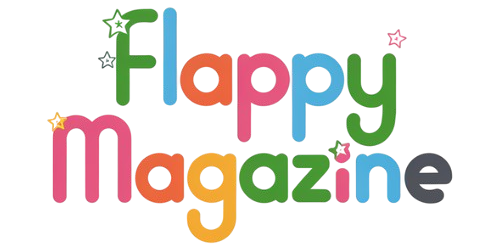When exploring the world of hemp‑derived products, one term often surfaces front and centre: CBD hemp flower. Equally important is understanding how small amounts of THC interact with our systems. In this article, we delve into the science behind low‑THC “light” cannabis and offer evidence‑based guidance on making informed choices for your wellbeing.
What Is “Cannabis Light” and How Does It Work?
“Cannabis light” refers to hemp products containing very low levels of THC (typically below 0.2 percent in Europe) and higher concentrations of CBD. Unlike traditional marijuana, which can contain 15 to 30 percent THC, cannabis light is designed to avoid psychoactive intoxication while still engaging the body’s endocannabinoid system. Studies show that these products have minimal impact on coordination or cognition, confirming the gentle nature of organic cannabis light.
THC (Δ9‑tetrahydrocannabinol) binds to CB1 receptors in the brain, producing euphoria, altered perception, and in higher doses, anxiety or impaired coordination. By contrast, CBD (cannabidiol) interacts more indirectly with these receptors, often mitigating THC’s psychoactive impact and offering calming, anti‑inflammatory properties.
Potential Health Benefits and Risks
Advocates of cannabis light point to benefits such as reduced anxiety, improved sleep and relief from mild pain. CBD’s anti‑inflammatory and neuroprotective actions have been documented across multiple clinical reviews, suggesting promise for conditions from arthritis to insomnia. Meanwhile, low‑level THC may contribute to mood enhancement and appetite stimulation without significant side effects.
However, legal analyses warn of occasional mislabelling: some “high‑CBD, low‑THC” products covertly contain enough THC to cause unexpected intoxication. Consumers should therefore purchase from reputable vendors offering third‑party lab certificates.
Adverse reactions remain uncommon at low THC doses but can include dry mouth, dizziness or mild gastrointestinal upset. People with a history of psychosis or on certain medications should consult a healthcare professional before use, given potential drug interactions and sensitivity to even minimal THC exposure.
Finding Your Ideal CBD Flower Dosage
Determining the right CBD flower dosage is not one-size-fits-all. Clinical surveys of CBD users report daily intakes ranging from 16 mg up to 1500 mg, depending on individual needs and product potency. Here is a gentle, step‑by‑step approach endorsed by experts:
• Start low: Begin with 10 to 20 mg of CBD per day, taken in divided doses.
• Go slow: Increase by 5 mg every 3 to 4 days while monitoring effects on symptoms and any side effects.
• Observe timing: Oral ingestion (capsules, edibles) can take 60 to 90 minutes for onset; inhalation (vaping, smoking) acts within minutes but may wear off sooner.
For younger or more sensitive individuals, staying within 20 to 30 mg daily often provides relief with minimal risk. In contrast, chronic pain or severe anxiety may require higher ranges up to 100 mg/day under medical supervision. Always factor in body weight, metabolism and concurrent medications when fine‑tuning your dose.
Practical Tips for Safe Use
Selecting high‑quality CBD hemp flower and organic cannabis light products is paramount. Look for:
● Third‑party lab reports confirming THC below 0.2 percent and accurate CBD content.
● Organic cultivation without pesticides or heavy metals.
● Clear dosage guidance on packaging, specifying mg of CBD per gram of flower.
Store your hemp flower in a cool, dark place to preserve potency. When consuming, measure doses precisely, especially with edibles, where effects are delayed and can accumulate unexpectedly.
Balancing Benefits with Responsibility
Embracing hemp‑derived wellness need not entail guessing games. By understanding organic cannabis light and following a structured plan for CBD hemp flower, you can harness the therapeutic potential of both cannabinoids while minimising risks. Always begin with modest doses, source from reputable suppliers and consult healthcare professionals for personalised advice.
With careful use, light cannabis and CBD flower can become valuable tools in your holistic health toolkit, supporting relaxation, managing discomfort and promoting overall balance without the high‑strength THC concerns of traditional cannabis.
